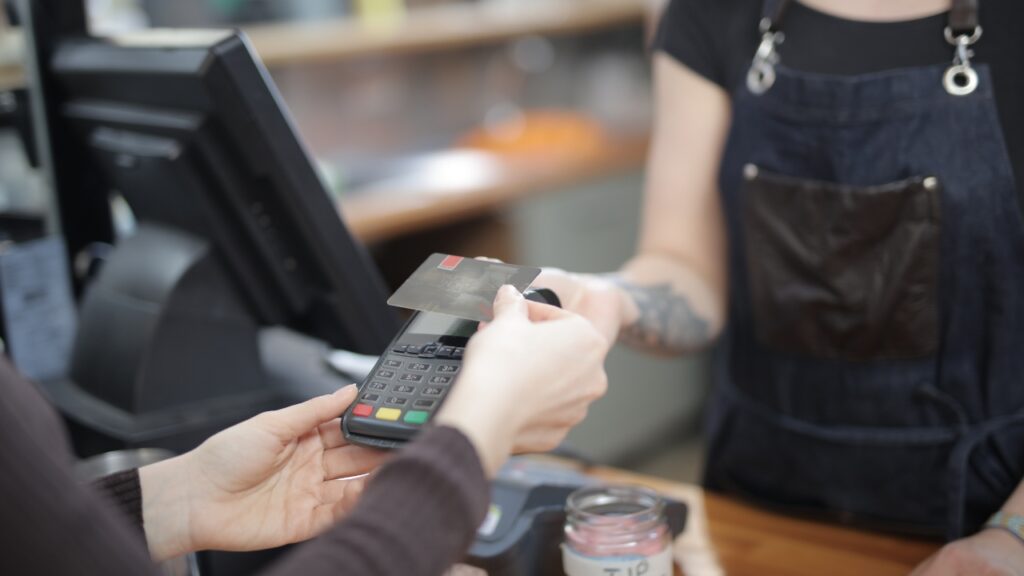Tipping has been a longstanding pillar of the dining experience, deeply woven into the fabric of service industry norms. However, as tipping expectations escalate and cultural conversations shift, many are questioning if tipping culture has spiraled out of control. This article delves into the evolution of tipping, offering insights into its historical context while addressing modern dilemmas such as when to skip a tip. By exploring the impact of tipping on service workers and examining the customary practices that shape our social norms, we aim to provide a clearer understanding of tipping etiquette today. Join us as we navigate this complex social tradition, offering guidance to both restaurant-goers and service professionals alike.
The Evolution of Tipping Culture
Tipping culture has undergone significant changes since its inception. This section explores the historical roots of tipping, its evolution over time, and how it varies across different countries.
Origins and Historical Context
The practice of tipping has a rich and complex history that dates back centuries. Originally, tipping was a gesture of goodwill and appreciation for exceptional service.
In medieval Europe, aristocrats would occasionally offer small sums of money to servants or tradespeople as a show of generosity. This custom gradually spread to inns and taverns, where patrons would “tip” their servers to ensure better service.
The term “tip” itself is believed to have originated in 16th century England, possibly as an acronym for “To Insure Promptitude.” However, this etymology is debated among historians.
By the 19th century, tipping had become more widespread, particularly in the United States, where it took on a new significance in the aftermath of the Civil War.
How Tipping Has Changed Over Time
Tipping practices have evolved significantly over the years, reflecting changes in social norms, economic conditions, and labor laws.
In the early 20th century, tipping was often viewed as a form of bribery or corruption. Some states even attempted to outlaw the practice, seeing it as un-American and detrimental to wage equality.
However, during the Great Depression, tipping became more entrenched as a way for businesses to keep labor costs low. This shift led to the normalization of tipping as a supplement to wages in many service industries.
Over time, tipping percentages have generally increased. What was once considered a generous 10% tip has now become a standard 15-20% in many places, with some suggesting even higher amounts for exceptional service.
Today, tipping has expanded beyond traditional service roles, encompassing a wider range of industries and occupations than ever before.
Tipping Culture Across Different Countries
Tipping customs vary widely across the globe, reflecting diverse cultural attitudes towards service, hospitality, and compensation.
In countries like the United States and Canada, tipping is deeply ingrained in the service industry, with tips often making up a significant portion of a worker’s income. The expectation to tip is strong, and failing to do so is often seen as rude or inconsiderate.
Conversely, in many European countries, tipping is less common and often viewed as an optional extra for exceptional service. In some places, a service charge is automatically included in the bill, reducing the need for additional tipping.
In Japan and some other Asian countries, tipping is not customary and can even be considered offensive. The philosophy is that good service should be the standard and doesn’t require extra compensation.
Understanding these cultural differences is crucial for travelers and helps explain the diverse attitudes towards tipping around the world.
Tipping Expectations in Modern Times
As society evolves, so do the expectations surrounding tipping. This section examines the current state of tipping culture, including rising demands, social norms, and the impact of technology.
Rising Demands in the Service Industry
The service industry has seen a significant shift in tipping expectations over recent years, driven by various economic and social factors.
Rising living costs and stagnant wages have led many service workers to rely more heavily on tips to make ends meet. This dependency has contributed to an upward pressure on tipping percentages, with 20% often considered the new standard in many establishments.
The COVID-19 pandemic has further intensified this trend. Many customers, recognizing the challenges faced by service workers during this time, have been tipping more generously as a show of support and solidarity.
However, this rise in expectations has also led to “tip fatigue” among some consumers, who feel overwhelmed by the increasing financial and social pressure to tip in more situations and at higher rates.
Navigating Social Norms and Etiquette
Understanding and adhering to tipping etiquette can be challenging, as social norms often vary depending on the context and location.
In restaurants, the general rule of thumb is to tip 15-20% of the pre-tax bill for satisfactory service. For exceptional service, many choose to tip more. However, in bars, a dollar or two per drink is typically considered appropriate.
For services like hairdressing, spa treatments, or taxi rides, tipping percentages can vary. It’s often advisable to research local customs or ask trusted sources about appropriate tipping practices.
It’s important to remember that while tipping is generally expected in many service situations, it’s not legally mandatory. However, failing to tip without good reason can be seen as a social faux pas and may impact future service quality.
The Role of Technology in Tipping
Technology has significantly transformed the tipping landscape, introducing new methods and sometimes complicating the process.
Digital payment systems and point-of-sale terminals often present customers with pre-calculated tipping options, typically ranging from 15% to 25% or more. While this can make tipping more convenient, it can also create pressure to select higher percentages.
Mobile apps for food delivery and ride-sharing services have integrated tipping into their platforms, making it easier for customers to tip but also potentially increasing expectations for drivers and delivery personnel.
Some businesses have implemented no-tipping policies, instead raising prices to provide higher wages to their staff. This approach aims to create more stability for workers and reduce the pressure on customers to calculate appropriate tips.
Despite these technological advancements, cash tipping remains popular in many situations, appreciated by service workers for its immediacy and potential tax benefits.
When to Skip a Tip Appropriately
While tipping is often expected, there are situations where it may be acceptable to forgo a tip. This section explores when and how to make this decision responsibly.
Identifying Acceptable Situations
There are certain circumstances where skipping a tip might be considered appropriate, though these situations can be subjective and context-dependent.
In cases of genuinely poor service, where the server was rude, inattentive, or made significant errors that negatively impacted the experience, withholding a tip might be justified. However, it’s important to consider whether the issues were within the server’s control.
At establishments with a clear no-tipping policy, where higher wages are built into the pricing structure, additional tipping is not expected or sometimes even discouraged.
In countries or cultures where tipping is not customary, attempting to tip might be seen as unnecessary or even offensive. It’s always wise to research local customs before traveling.
It’s crucial to remember that while these situations exist, they are exceptions rather than the rule. In most cases, tipping remains an important part of service industry compensation.
Balancing Service Quality and Tipping
Deciding whether to tip based on service quality requires careful consideration and a balanced approach.
When faced with subpar service, it’s important to first communicate any issues to the server or management. This gives them an opportunity to rectify the situation and potentially improve the experience.
If problems persist, consider tipping a reduced amount rather than skipping the tip entirely. This acknowledges that some effort was made while also signaling that the service fell short of expectations.
Remember that servers often have little control over factors like food quality or kitchen speed. It’s unfair to penalize them for issues beyond their influence.
In cases of truly exceptional service, consider tipping above the standard rate as a way to show appreciation and encourage continued excellence.
Impact of Tipping Choices on Workers
The decision to tip or not can have significant consequences for service industry workers, extending beyond the immediate financial impact.
Many service workers rely heavily on tips to supplement their base wages, which are often below minimum wage due to tip credit laws. Consistently receiving low or no tips can make it difficult for these workers to earn a living wage.
Tipping practices can also affect job satisfaction and performance. Workers who feel fairly compensated through tips are more likely to provide better service, creating a positive feedback loop.
However, the unpredictability of tips can create stress and financial instability, often forcing workers to grapple with income uncertainty. In some cases, workers might feel pressured to provide overly attentive service or tolerate inappropriate customer behavior in hopes of securing a larger tip. These dynamics can contribute to an unhealthy work environment and may ultimately lead to high turnover rates in the service industry.
Conclusion
Tipping is more than just an act of financial transaction — it is a social contract deeply embedded in the fabric of the service industry. Recognizing the potential impact of our tipping decisions on the livelihood and wellbeing of service workers is crucial. Above all, it’s important to bear in mind that tips are not merely rewards for good service, but an integral part of many workers’ incomes.
As such, we should strive to be conscientious and generous tippers whenever possible, recognizing the real struggles and challenges faced by those we’re tipping.
check this post Achieve Financial Goals by Year-End with These ChatGPT Tips




